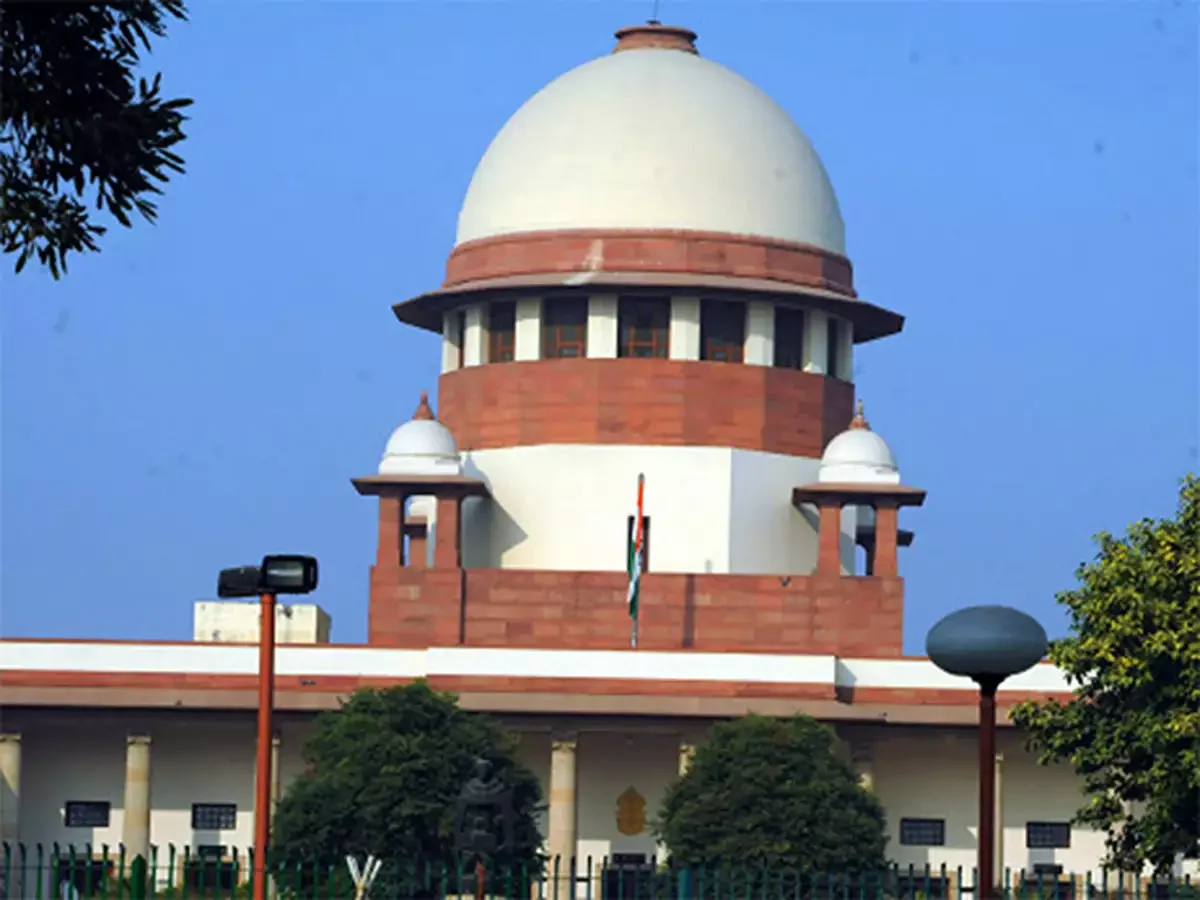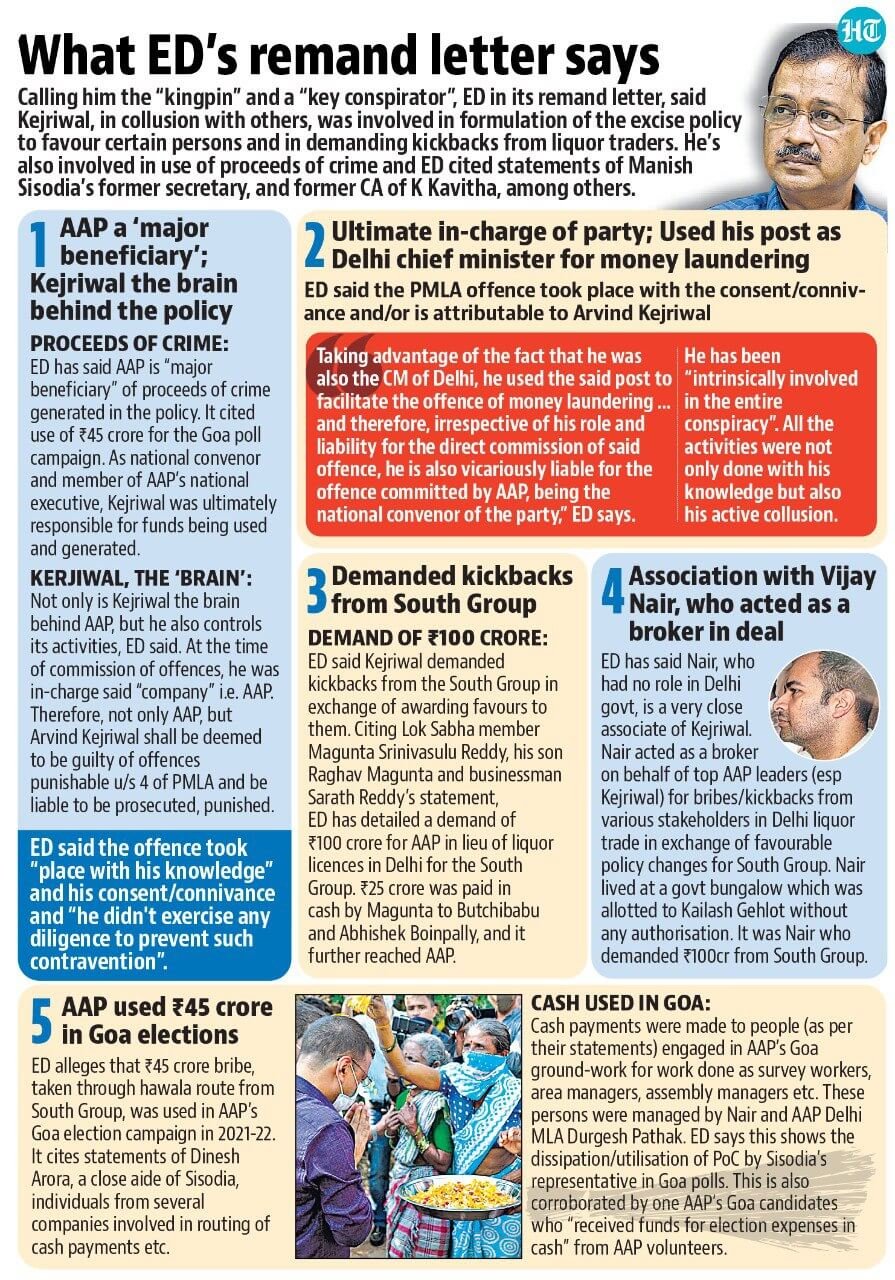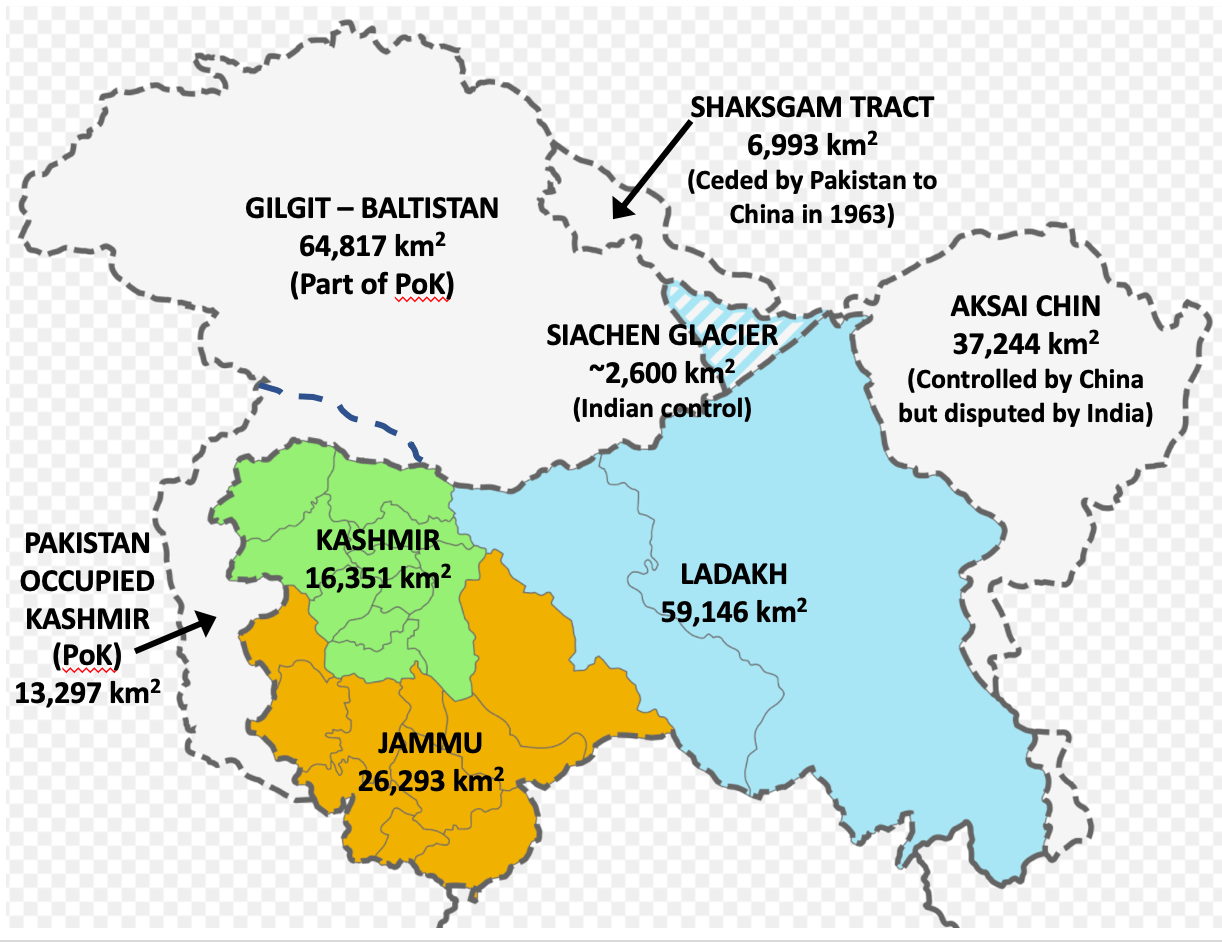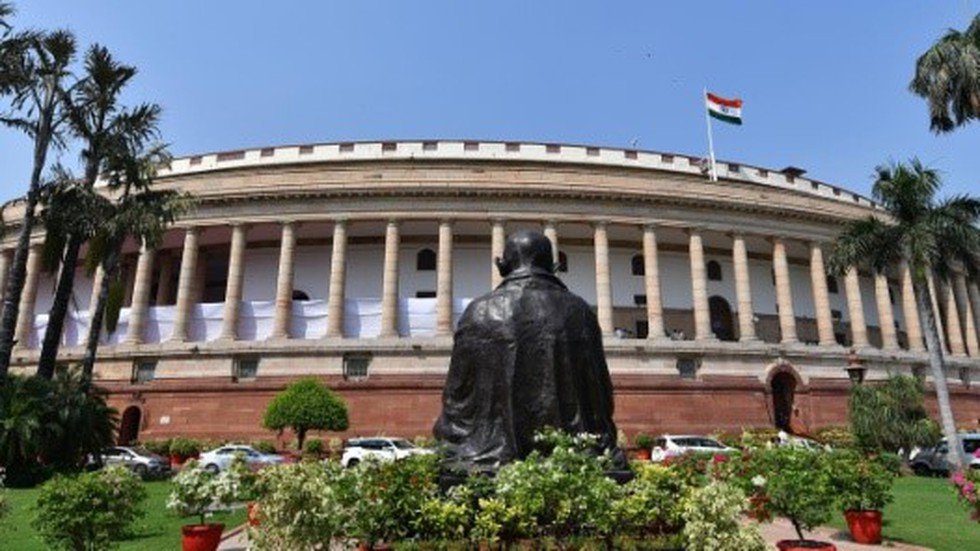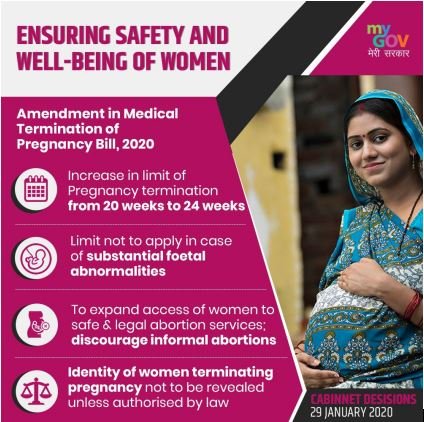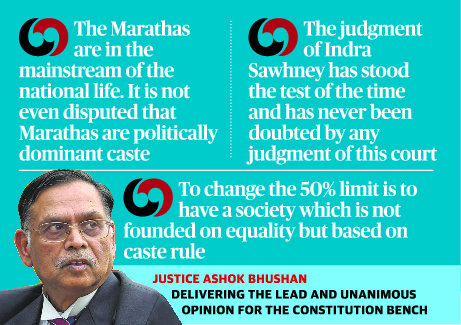
Supreme Court VVPAT Judgment
Subscribers of "Current Affairs" course can Download Daily Current Affairs in PDF/DOC
Subscribe to Never Miss an Important Update! Assured Discounts on New Products!
Must Join PMF IAS Telegram Channel & PMF IAS History Telegram Channel
- Context (TH I IE): The SC rejected a plea for 100% verification of Voter Verifiable Paper Audit Trail (VVPAT) slips with the Electronic Voting Machine (EVM) count.
- There were three pleas in the SC
- Returning to the paper ballot system,
- The printed slips on the VVPAT machine should be given to voters to verify and put in the ballot box for counting, and
- There should be 100% counting of VVPAT slips in addition to electronic counting
Key takeaways from SC’s judgement
- It upheld the EVM polling system and also expressed strong trust in its integrity.
- No candidate has yet pointed to a mismatch between the votes polled on EVMs and the slips printed by the VVPAT machine.
- SC is not the controlling authority of another constitutional authority.
- The source code of the EVMs should not be disclosed because the moment it is placed in the public domain, there is a danger that it will itself be subject to misuse.
- It declined the petitioners’ demand to direct 100% cross-verification of votes cast on EVMs with the accompanying Voter Verifiable Paper Audit Trail (VVPAT) paper slips.
- Currently, only 5% of EVM-VVPAT counts are randomly verified in any Assembly constituency.
Role of Microcontrollers
- All three units of the EVM—the ballot unit, control unit, and VVPAT—have microcontrollers in which the respective firmware is burnt.
- Microcontrollers separately programmed by manufacturers in EVMs do not recognise political parties or candidates but only the buttons pressed by voters.
- If an unauthorised attempt is made to access the EVM’s microcontroller or memory, the Unauthorised Access Detection Mechanism (UADM) disables it permanently.
- The program loaded in the EVM is key-hashed and burnt into a One-Time Programmable microcontroller chip at the time of manufacturing, thus dispelling any possibility of tampering.
- The burnt programme/code is unalterable and cannot be modified after the EVM is delivered/supplied by the manufacturer to ECI.
Reasons for upholding the EVM and VVPAT system
- It will amount to undoing the electoral reforms by directing the reintroduction of the ballot papers.
- It will increase the time for counting and delay the declaration of results.
- The manpower required would have to be doubled.
- Manual counting is susceptible to human errors and potential manipulation, which can result in deliberate mischief and raise allegations of result manipulation.
Importance of EVM Polling System
- It has eliminated booth capturing by restricting the rate of vote casting to 4 votes per minute, thereby prolonging the time needed and thus checking the insertion of bogus votes.
- EVMs have eliminated invalid votes, which were a major issue with paper ballots and had often sparked disputes during the counting process.
- EVMs reduce paper usage and alleviate logistical challenges.
- They provide administrative convenience by expediting the counting process and minimising errors.
Guidelines to ECI
- After loading symbols into the VVPATs on or after May 1, seal and store the symbol loading units (SLUs) in the strong room with the EVMs for 45 days after the results are declared.
- SLUs, introduced around the same time as the VVPATs, are used to load the symbols of the candidates onto the VVPAT.
- SLUs are memory units that are first connected to a computer to load election symbols onto it, and then used to enter symbols of the candidates on the VVPAT machines.
- The ECI could opt to examine VVPAT slips without physically counting them, potentially using a counting machine. Barcoding symbols in the VVPATs might aid in machine counting.
Verification of the Burnt Memory Semi-Controllers
- The Court has permitted candidates coming second or third to seek verification of the burnt memory semi-controllers in 5% of the EVMs per Assembly segment of each Parliamentary constituency.
- This exercise will be carried out by a team of engineers belonging to the manufacturers following a written request by the candidate within 7 days from the date of declaration of the results.
- The candidates have to bear the expenses for the verification process, which would be refunded in case the EVM is found to be tampered with, the Court said.
- Candidates or their representatives can identify EVMs by the polling station or serial number and choose to be present during verification.






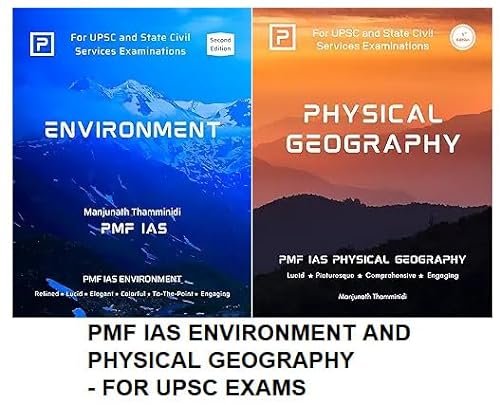

![PMF IAS Environment for UPSC 2022-23 [paperback] PMF IAS [Nov 30, 2021]…](https://pmfias.b-cdn.net/wp-content/uploads/2024/04/pmfiasenvironmentforupsc2022-23paperbackpmfiasnov302021.jpg)
